Introduction
Did you know that AI-based design tools can increase productivity as much as 30%? With the high level of demand for UX designing, the need for innovating tools to enhance work efficiency and creativity has been higher than ever. Whether a newbie or an experienced designer, one can transform their process if they learn to use such innovative tools. In this blog, we will look at the best AI tools for UX designers to enhance productivity and creativity. These tools are aimed at saving time, making complex processes easier, and helping designers focus on providing exceptional user experiences.

1. ChatGPT: Intelligent Brainstorming and UX Writing
Core Benefit: Your go-to smart assistant for idea generation and content creation.
Key Features:
- Content Creation: ChatGPT makes the creation of UX microcopy, CTAs, and user-friendly messaging easier.
- Brainstorming: It provides innovative design concepts and solves complex issues with ease.
- Persona Development: Create high-level user personas and actual scenarios.
Real Use Case: You’re working on an onboarding flow. You need to come up with compelling CTAs. ChatGPT can provide creative, user-friendly suggestions that are ideal for A/B testing.
Why Use It? ChatGPT is versatile and suitable for a wide range of project needs, from creating content to helping with ideas. Although it needs improvement in very specific use cases, it’s an indispensable tool for UX designers.
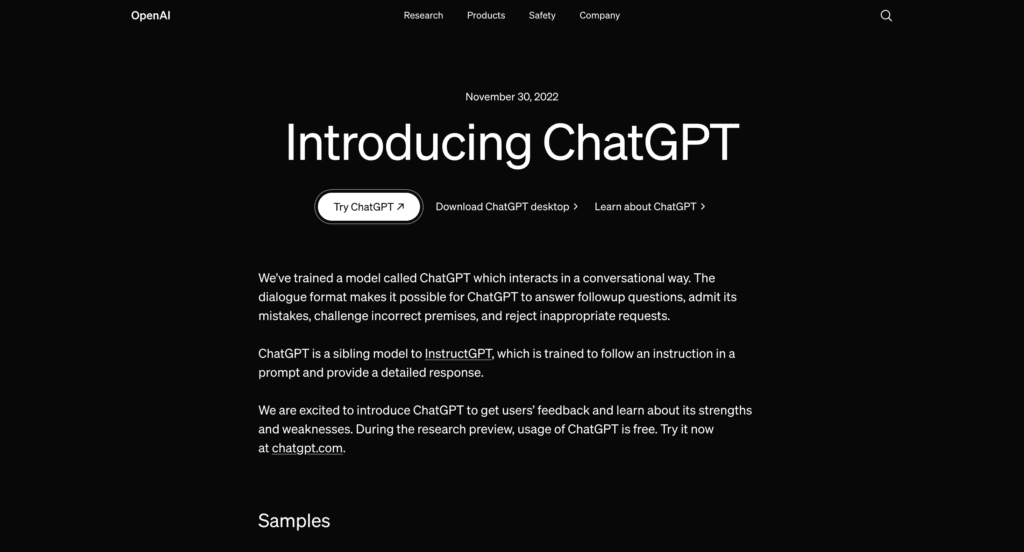
2. Figma with AI Plugins: Easy Collaboration for Prototyping
Core Benefit: It’s collaborative design with AI upgrades.
Key Features:
- AI-Driven Alignment: Aligns spacing and layout to your needs.
- Design Recommendations: Provides suggestions on ways to improve design elements so they look better.
- Real-Time Collaboration: Enables smooth collaborative work and sharing of feedback
Real Use Case: Having troubles with alignment? Figma’s AI plugins help assure spacing and layouts so that you can focus on imagination.
Why Use It? Figma’s integration with the AI plugins makes prototyping much faster and more efficient. The negative side is that it fully depends on Figma’s own ecosystem.
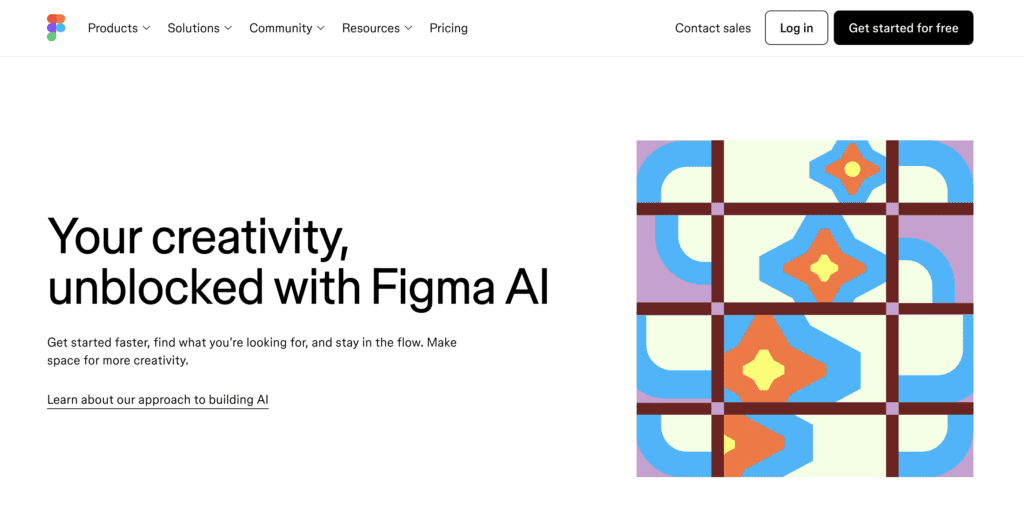
3. Canva with Magic Design- Fast Visual Prototyping
Core Benefit: This is ideal for fast and low-fidelity prototypes along with visual concepts.
Key features:
- Template Suggestions: AI provides high-quality templates suitable for your requirement.
- AI-Powered Editing: Auto-enhance your images and graphics.
- Drag-and-Drop Interface: Perfect for beginners looking to create professional designs.
Real Use Case: Need a quick mockup to present to stakeholders? Canva’s Magic Design helps create polished prototypes in less than 30 minutes.
Why Use It? Canva is very intuitive and delivers results fast. Although not perfect for advanced designs, it is perfect for a starting point.
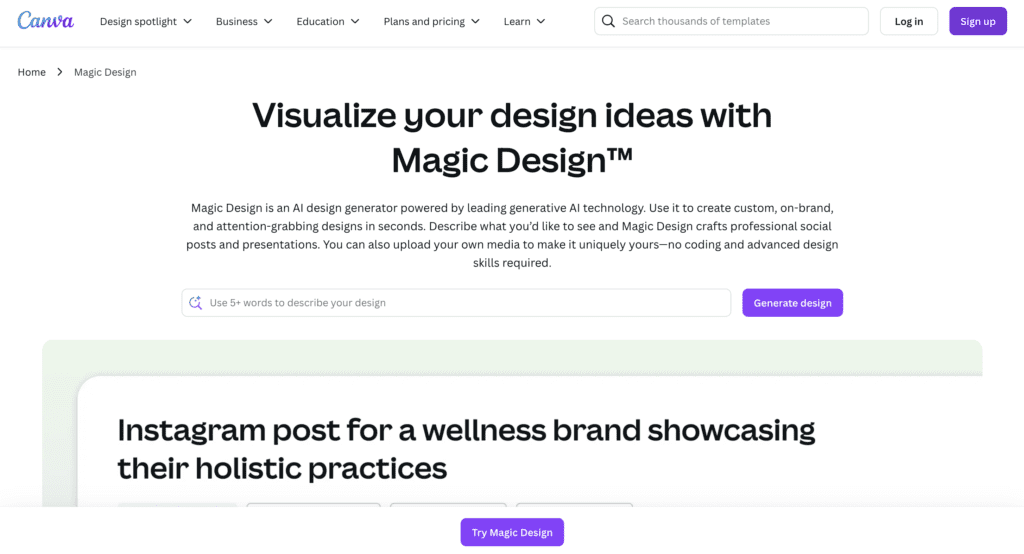
4. MidJourney: Generate Concept Art and Moodboards
Core Benefit: Stunning visuals and moodboards based on textual inputs.
Key Features:
- Text-to-Image Conversion: Converts your text inputs into quality visuals.
- Customizability: Provides tools to alter and customize the generated images.
- Collaboration: Shares moodboards and design concepts easily.
Real Use Case: Suppose you are working on a futuristic interface for an app. You can use MidJourney to generate unique visuals for your design.
Why Use It? MidJourney is fantastic for conceptual themes and visual styles, but it will require careful detailed prompts to generate the best results.
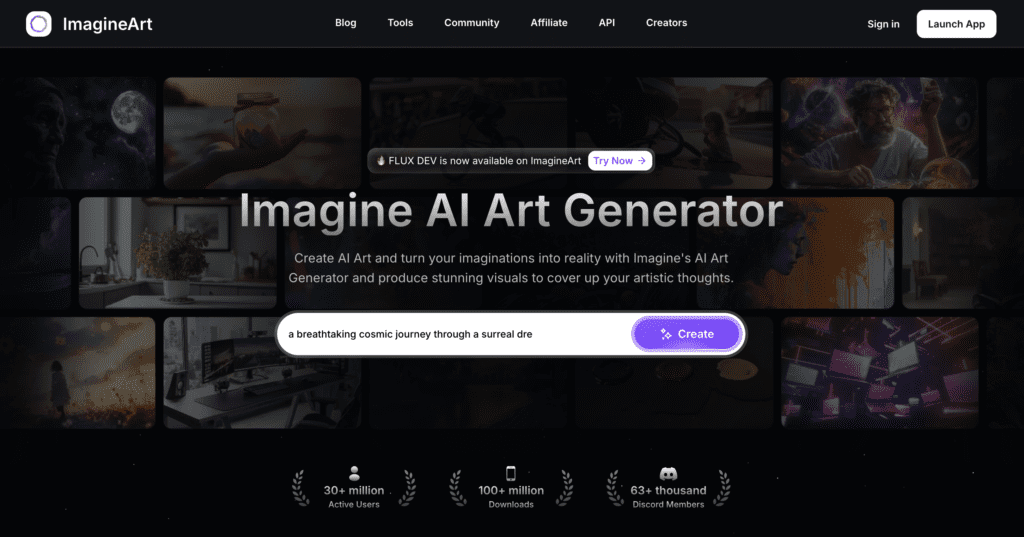
5. Khroma: Personalized Color Palette Generator
Core Benefit: It tailors color palettes according to your preference and project need.
Key Features:
- Personalized Recommendations: Creates color palettes that match your taste.
- Compatibility: Compatible with some of the most popular designing tools.
- UI Previews: Preview palettes against real UI components.
Real Use Case: You have to design a healthcare app? It becomes easy to find colors suitable for users and not as jarring.
Why Use It? Khroma works in an intuitive way toward creating color palettes and ensures you get high-quality, personalized results. A little time spent in its initial setup is well invested.
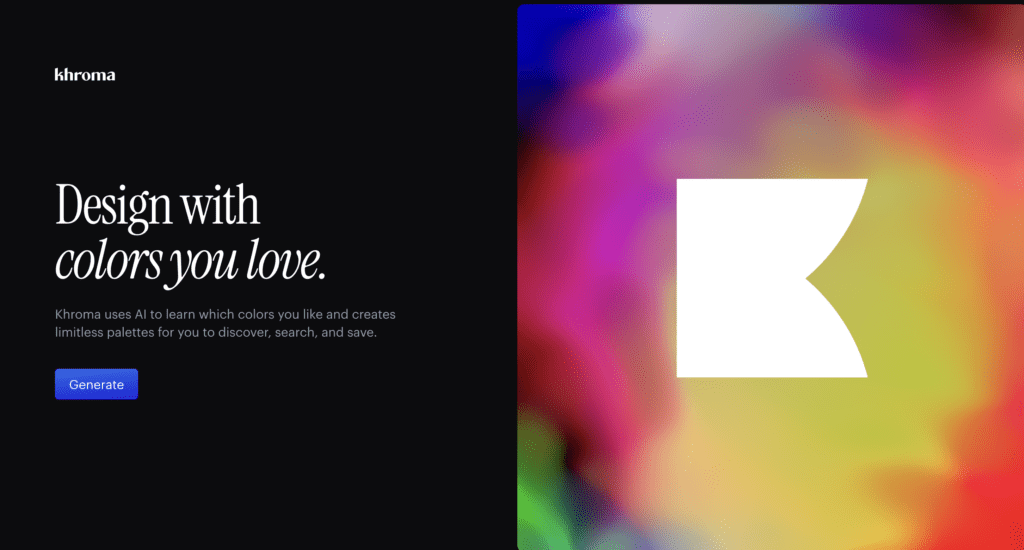
6. Runway ML: Creative Content Generation for UX
Core Benefit: Makes dynamic content and visual creation easy to do.
Key Features:
- Background Removal: Remove background from images in a matter of seconds.
- Video Editing: Add smooth transitions and effects with AI.
- Generative Tools: Generate unique visuals for hero sections or app screens.
Real Use Case: Want to create an engaging hero video for your app? With Runway ML, you can now create professional-grade outputs without any video editing experience.
Why Use It? Runway ML is a powerhouse for visual content creation. Although it provides the most advanced generative capabilities, fine-tuning the output may require some work.
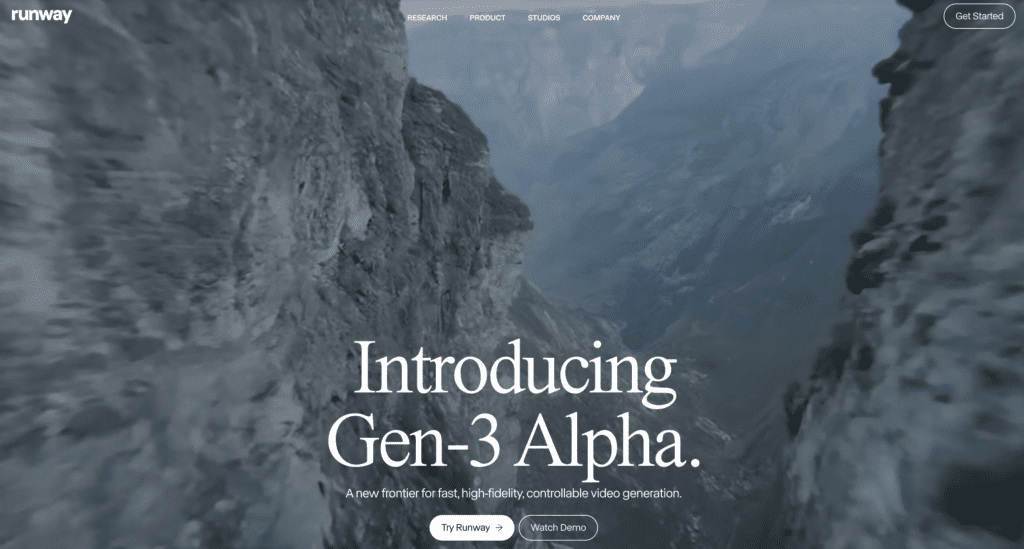
7. Attention Insight: Heatmap and Usability Testing
Core Benefit: Predicts user attention areas to refine your designs.
Key Features:
- Heatmaps: Visualize the most attention-grabbing areas of your design.
- Usability Metrics: Evaluates design effectiveness through analytics.
- Tool Integration: Works seamlessly with other design platforms.
Real Use Case: Testing a landing page? Attention Insight shows where users are likely to focus, making it easier to make design decisions.
Why Use It? This tool’s predictive analytics streamline pre-launch testing. It’s most effective when used with other usability tools.
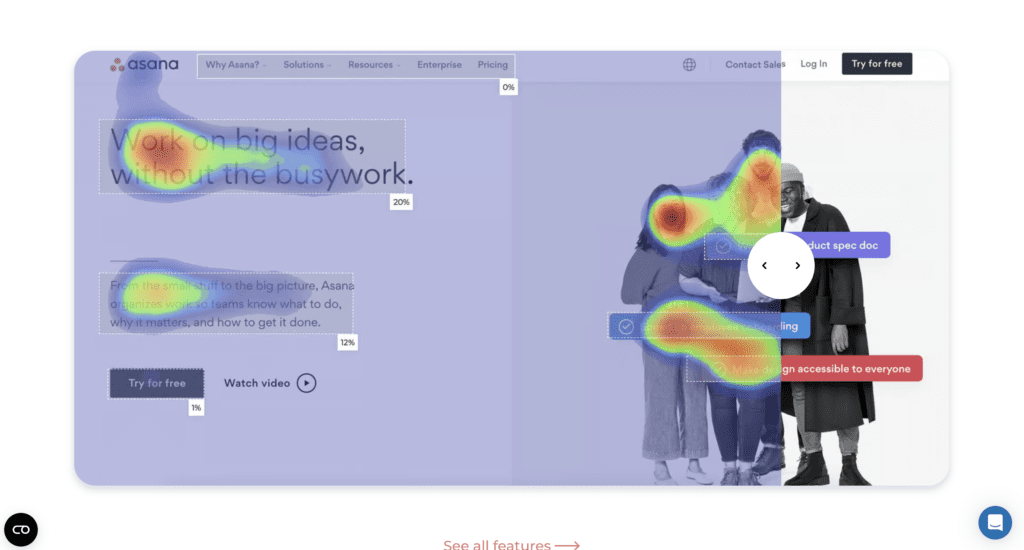
8. Jasper AI: UX Writing and Content Creation
Core Benefit: Enhances content creation with tone-specific and SEO-optimized copy.
Key Features:
- Tone-Specific Writing: Generates copy that is tailored to your audience.
- SEO Optimization: Provides keyword recommendations and metadata for improved search engine ranking.
- Multilingual Support: Allows one to write in multiple languages.
Real Use Case: Writing microcopy for a mobile app’s onboarding screen? Jasper gives quick, effective lines that sound like you.
Why Use It?: Jasper is ideal for creating content that focuses on the users while being friendly to search. It can be iterated and refined for best fit.
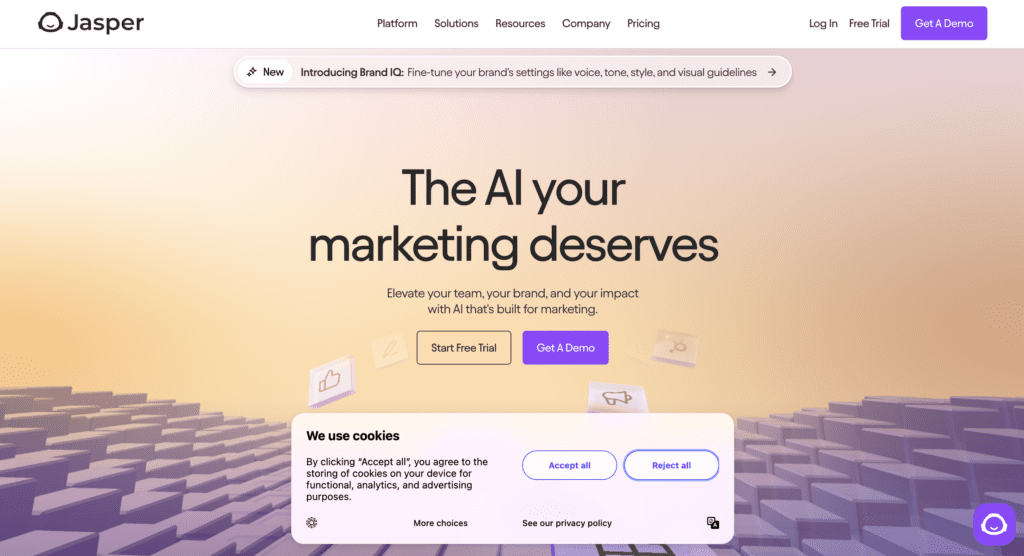
9. Maze : Data-Driven UX Research
Core Benefit: Real Time User Insights to Validate Designs
Key Features:
- Test Remotely: Do usability testing with remote users.
- Actionable Insights: Very detailed analytics for clear feedback
- Prototype Validation: Test a design with real users for the right decision.
Real Use Case: Testing a prototype helps understand usability issues and actionable insights for improvement.
Why Use It? Maze fills the gap between designing and researching. Recruiting users can be quite hard, but the results gained are worth it.
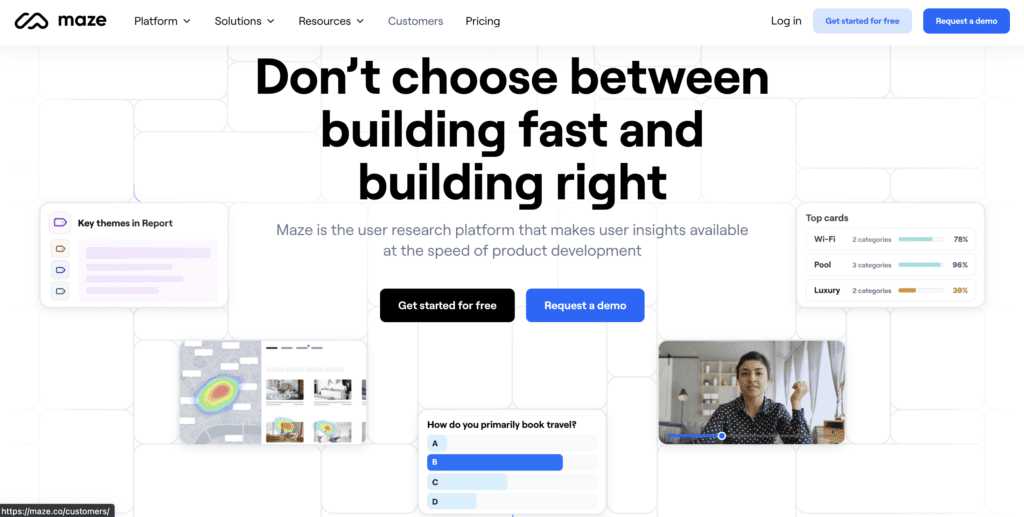
10. Uizard: AI-Powered Rapid Prototyping
Core Benefit: Transforms sketches into an interactive prototype in no time.
Key Features:
- Sketch-to-Prototype: Hand-drawn sketches are turned into digital designs in real-time.
- Pre-Built Templates: Make iterations easier by providing templates that are already made.
- Collaboration Tools: Share your prototypes with the team for feedback.
Real Use Case: Sketch a napkin for a client? Uizard turns it into a professional-looking prototype in minutes.
Why Use It? Uizard’s fast prototyping features make it perfect for early-stage design. It is ideal for rough concepts rather than detailed prototypes.
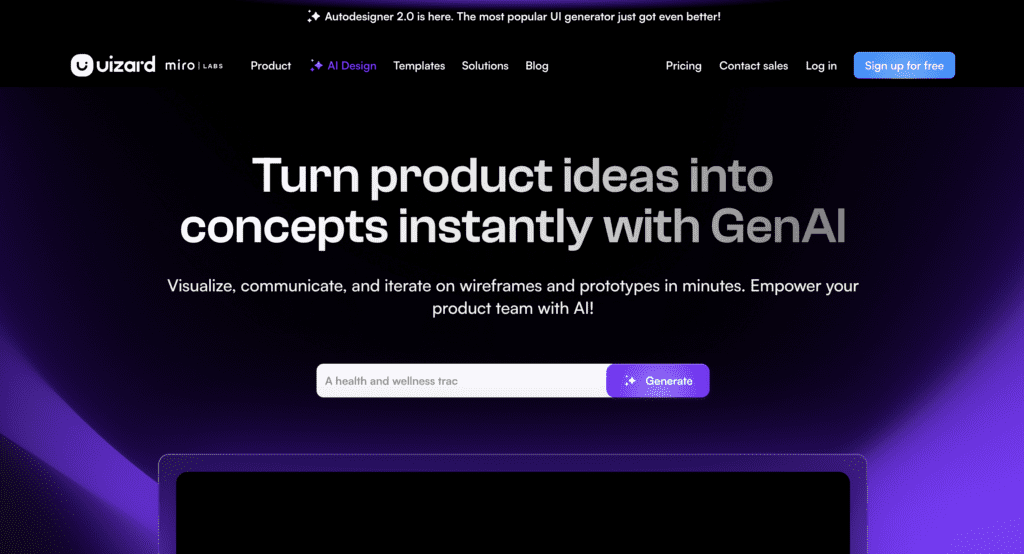
Conclusion
In today’s fast design landscape, using AI tools is no longer optional; rather, it is essential in UX design. Tools such as ChatGPT, Figma, and Maze streamline processes, enhance creativity, and help designers deliver exceptional user experiences. By integrating these tools into your workflow, you can improve productivity and stay ahead of the curve. Let’s get started on the tools today and transform how we design!